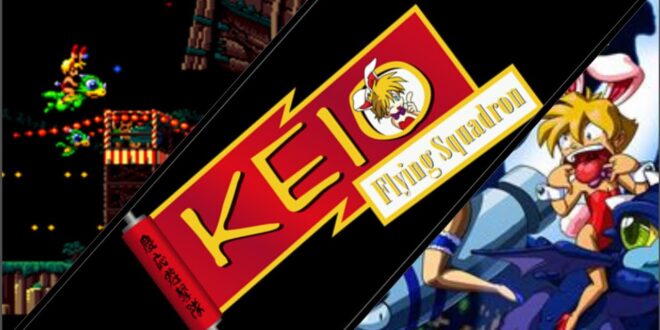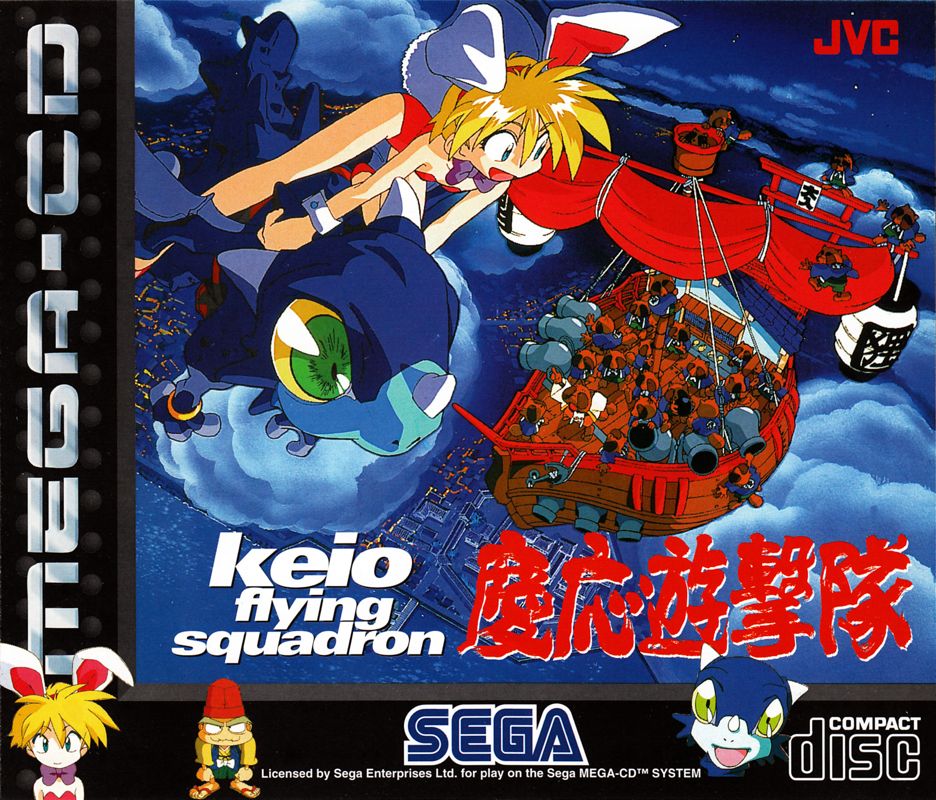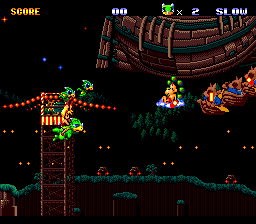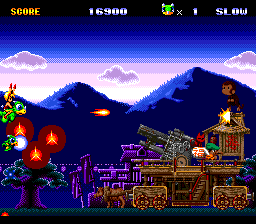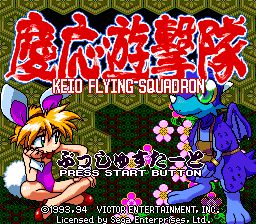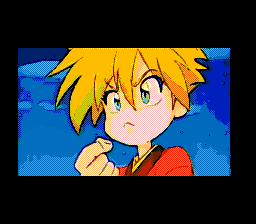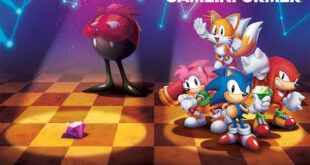Introduction to a Cult Classic
“Keio Flying Squadron” emerged on the Sega CD in 1993 to the delight of gamers looking for a fresh, vibrant take on the shoot ’em up genre. At a time when the gaming market was saturated with titles, this game managed to stand out with its stunning anime-style graphics, captivating music, and a storyline that was as charming as it was quirky.
Developed by Victor Entertainment, a company more renowned for its musical endeavors, “Keio Flying Squadron” was a unique fusion of Japanese pop culture and traditional gaming elements that showcased the Sega CD’s multimedia capabilities.
Developer’s Audacious Undertaking
Victor Entertainment’s foray into the gaming industry with “Keio Flying Squadron” was both ambitious and risky. It was a time when the Sega CD was struggling to justify its existence as an add-on to the Sega Genesis, and the company aimed to exploit its advanced audio-visual potential. By creating a game that was both a visual and auditory spectacle, Victor Entertainment set a high bar for what the Sega CD could achieve.
A Visual and Auditory Feast
“Keio Flying Squadron” was a masterpiece of pixel art. Each level was meticulously crafted, from the vibrant backdrops of feudal Japan to the whimsical enemy designs. The game was a colorful explosion of art, one that could only be described as playing through an anime. The attention to detail was evident, with each sprite bursting with personality, bringing the world to life in a way that few games of the era could.
The music was equally splendid. The soundtrack blended traditional Japanese music with upbeat, arcade rhythms, creating an unforgettable ambiance that perfectly complemented the on-screen action. The game’s audio prowess was a testament to the Sega CD’s capabilities, offering crystal clear music and sound effects that were a cut above what the Genesis could produce.
Engaging Storyline
The narrative of “Keio Flying Squadron” was unconventional and endearing. Players took on the role of Rami Nana-Hikari, a 14-year-old girl who inherits a magical robe that gives her control over a flying dragon named Spot. When a group of nefarious creatures led by Dr. Pon steals a set of magical orbs, Rami and Spot must set out to retrieve them.
The story unfolds through beautifully animated cutscenes that were voiced and full of humor, adding a cinematic quality that was rare in games of the time.
Gameplay Mechanics: Familiar Yet Fresh
At its heart, “Keio Flying Squadron” was a horizontal shoot ’em up, but it stood out due to its inventive gameplay mechanics. Players navigated through a variety of levels, each with its own set of challenges, from dodging intricate bullet patterns to battling memorable bosses. The game struck a fine balance between being accessible for newcomers and providing enough depth for seasoned gamers.
Players could collect different orbs that changed Spot’s fire, offering strategic choices for overcoming obstacles and enemies. This mechanic kept the gameplay fresh and engaging throughout the adventure.
Initial Reactions and Legacy
When “Keio Flying Squadron” hit the shelves, it received a warm reception from those who had the chance to experience it. The game was praised for its visual flair, delightful soundtrack, and engaging gameplay. However, due to the Sega CD’s limited success and the game’s own scarce distribution, it didn’t reach a wide audience initially. Over time, it has gained a cult following, with collectors and retro enthusiasts seeking it out for its charm and quality.
Replayability: Worth Every Return
The game’s challenge and hidden secrets offer ample reason to come back. With multiple difficulty levels and easter eggs to uncover, “Keio Flying Squadron” rewards players who dive back into its whimsical world.
Fascinating Facts
- Limited Print: The game’s limited release has made original copies a rare collector’s item.
- Multimedia Showcase: It was one of the few titles that fully utilized the Sega CD’s capabilities, particularly in its animated cutscenes and high-quality audio.
- Cultural Blend: The game mixed elements of traditional Japanese folklore with sci-fi themes, creating a unique narrative backdrop.
- Series Continuation: Despite its niche status, the game spawned a sequel, “Keio Flying Squadron 2”, for the Sega Saturn, which expanded on the original’s platforming elements.
Community Insights
“Revisiting ‘Keio Flying Squadron’ is like rediscovering a piece of my childhood. The game’s blend of shoot ’em up action, anime aesthetics, and a wonderfully eclectic soundtrack makes it a timeless classic. It’s a shame that more people didn’t get to experience it during its initial release.” – Emily Rodriguez, member of the Retro Replay community
Conclusion
“Keio Flying Squadron” is not just a game; it’s a piece of Sega CD history that deserves recognition. Its combination of captivating visuals, enchanting music, and innovative gameplay provide an experience that has stood the test of time.
The verdict.
Graphics - 88%
Sound - 98%
Gameplay - 88%
Replay value - 92%
92%
Revisiting 'Keio Flying Squadron' is like rediscovering a piece of my childhood. The game's blend of shoot 'em up action, anime aesthetics, and a wonderfully eclectic soundtrack makes it a timeless classic.
 Retro-Replay.com Retro gaming reviews, news, emulation, geek stuff and more!
Retro-Replay.com Retro gaming reviews, news, emulation, geek stuff and more!
